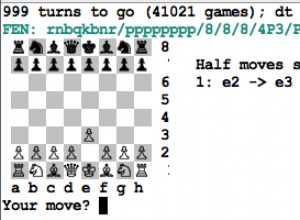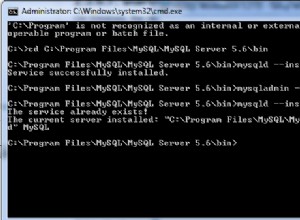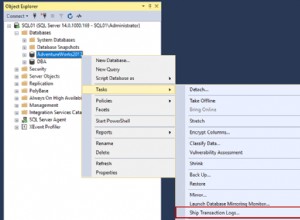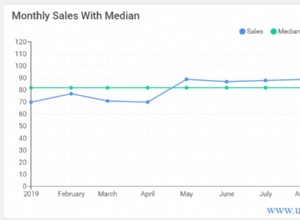Pokazałeś kod porcjami. ale wygląda na to, że uruchamiasz to, co razem pokazałeś jako skrypt, początkowo bez aktualizacji:
drop table SalUpdates cascade constraints;
create table SalUpdates(
SalSSN char(9),
newSalary decimal(10,2),
oldSalary decimal(10,2)
);
create or replace trigger t1
after update of salary on employee
for each row
begin
insert into SalUpdates values (:old.Ssn, :new.salary, :old.salary);
end;
Po uruchomieniu jako skrypt w SQL Developer, okno wyjściowe skryptu pokazuje:
drop table SalUpdates cascade constraints
Error report -
ORA-00942: table or view does not exist
00942. 00000 - "table or view does not exist"
*Cause:
*Action:
Table SALUPDATES created.
Trigger T1 compiled
Jeśli następnie dodasz do skryptu instrukcję aktualizacji:
drop table SalUpdates cascade constraints;
create table SalUpdates(
SalSSN char(9),
newSalary decimal(10,2),
oldSalary decimal(10,2)
);
create or replace trigger t1
after update of salary on employee
for each row
begin
insert into SalUpdates values (:old.Ssn, :new.salary, :old.salary);
end;
update employee
set salary=4000
where ssn='123456789';
otrzymujesz:
Table SALUPDATES dropped.
Table SALUPDATES created.
Trigger T1 compiled
Errors: check compiler log
Jeśli następnie spróbujesz uruchomić aktualizację samodzielnie (jako instrukcję zamiast skryptu lub wybierając ten test i uruchamiając go jako skrypt), rzeczywiście otrzymasz:
SQL Error: ORA-04098: trigger 'MYSCHEMA.T1' is invalid and failed re-validation
04098. 00000 - "trigger '%s.%s' is invalid and failed re-validation"
*Cause: A trigger was attempted to be retrieved for execution and was
found to be invalid. This also means that compilation/authorization
failed for the trigger.
*Action: Options are to resolve the compilation/authorization errors,
disable the trigger, or drop the trigger.
Jeśli zapytasz user_errors wyświetl lub uruchom show errors , zobaczysz:
PLS-00103: Encountered the symbol "UPDATE"
Problem polega na tym, że nie kończysz create trigger oświadczenie prawidłowo. update jest postrzegany jako część tego samego bloku PL/SQL; nieprawidłowa część, ale nadal uwzględniona.
Kiedy masz blok PL/SQL, musisz zakończyć go ukośnikiem, jak wyjaśniono w dokumentacji SQL*Plus (co dotyczy głównie SQL Developera):
SQL Developer nie narzeka jednak, jeśli ostatni blok w skrypcie nie ma końcowego ukośnika, więc twój oryginalny skrypt (bez aktualizacji) działa; w SQL*Plus byłby wyświetlany na znak zachęty
. Sugeruje, że powinien tam być – starając się być pomocny. Po dodaniu update oświadczenie to nie jest już koniec skryptu, więc to nie ma zastosowania.
Jeśli dodasz ukośnik do skryptu między kodem PL/SQL a następującą instrukcją SQL, wszystko działa:
drop table SalUpdates cascade constraints;
create table SalUpdates(
SalSSN char(9),
newSalary decimal(10,2),
oldSalary decimal(10,2)
);
create or replace trigger t1
after update of salary on employee
for each row
begin
insert into SalUpdates values (:old.Ssn, :new.salary, :old.salary);
end;
/
update employee
set salary=4000
where ssn='123456789';
a teraz widzisz:
Table SALUPDATES dropped.
Table SALUPDATES created.
Trigger T1 compiled
1 row updated.




